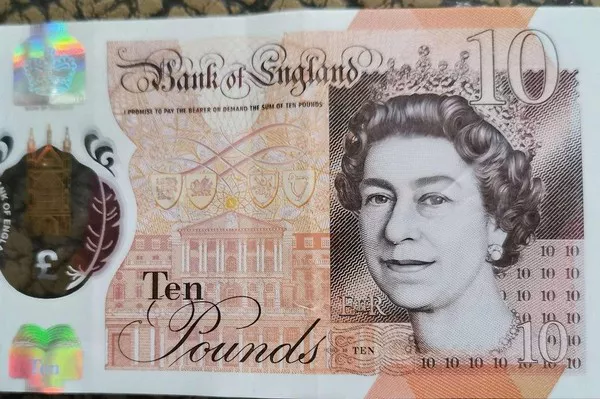The global financial markets are complex and can be affected by a range of factors such as political instability, economic indicators, and market sentiment. In recent years, the exchange rate between the British Pound (GBP) and the Indian Rupee (INR) has been highly volatile, with significant fluctuations that have sparked concerns among investors, businesses, and policymakers.
The reasons behind the fall in the value of the British Pound against the Indian Rupee:
-
Brexit Uncertainty
One of the primary drivers behind the fall in the Pound’s value is Brexit uncertainty. Since the UK voted to leave the European Union (EU) in 2016, the country has experienced prolonged negotiations, disagreements, and delays over its withdrawal agreement and future trade relationship with the EU. The uncertainty surrounding Brexit has created a sense of unease among investors who fear that a no-deal Brexit could lead to economic disruption, inflation, and a decline in the value of the Pound. Moreover, the delay in concluding the negotiations has made it difficult for businesses to plan their investments and operations, which has further contributed to the Pound’s weakness.
-
Rising Trade Deficit
Another factor that has impacted the Pound’s exchange rate against the Indian Rupee is the rising trade deficit. The UK has been running a trade deficit with India for many years, meaning that it imports more goods and services from India than it exports. This imbalance has put pressure on the Pound as the country needs to pay for its imports in foreign currency, including the Indian Rupee. The higher the trade deficit, the greater the demand for foreign currency, leading to a fall in the value of the Pound. According to the Office for National Statistics (ONS), the UK’s trade deficit with India widened to £4.8 billion in 2019, up from £4.5 billion in 2018.
-
Interest Rates Differential
The interest rates differential between the UK and India is another crucial factor that has contributed to the Pound’s decline. The Bank of England (BoE) has kept its benchmark interest rate at historically low levels since the global financial crisis of 2008. This policy has been aimed at stimulating economic growth, but it has also made the Pound less attractive to foreign investors seeking higher returns. In contrast, the Reserve Bank of India (RBI) has raised interest rates in recent years to control inflation and support the country’s economic growth. The higher interest rates in India have attracted foreign investors, leading to increased demand for the Indian Rupee and a fall in the value of the Pound.
-
COVID-19 Pandemic
The COVID-19 pandemic has had a profound impact on the global economy, including the Pound’s exchange rate against the Indian Rupee. The pandemic has caused significant disruptions to international trade, tourism, and investment, leading to a sharp decline in global demand for goods and services. As a result, many currencies, including the Pound, have lost value against the US dollar, which is seen as a safe-haven currency during times of economic uncertainty. Moreover, the pandemic has forced many central banks, including the BoE and the RBI, to introduce unprecedented monetary stimulus measures, such as quantitative easing and low-interest rates, which have further weakened the Pound and the Indian Rupee.
Implications for Businesses and Consumers
The fall in the Pound’s value against the Indian Rupee has significant implications for businesses and consumers.
- For businesses that import goods and services from India, the weaker Pound means they will have to pay more for their imports, which could lead to higher prices for consumers. Additionally, businesses that export to India may face increased competition from cheaper Indian products, making it harder for them to maintain their market share. On the other hand, for businesses that export to the UK, the weaker Pound could make their products more competitive in the UK market.
- For consumers, the fall in the Pound’s value against the Indian Rupee could lead to higher prices for imported goods, such as electronics, textiles, and pharmaceuticals. Moreover, if the Indian Rupee continues to strengthen against the Pound, it could make travel to India more expensive, affecting tourism and business travel.
Conclusion
In conclusion, the fall in the value of the British Pound against the Indian Rupee is driven by a combination of factors, including Brexit uncertainty, rising trade deficit, interest rates differential, and the COVID-19 pandemic. While the decline in the Pound’s value has negative implications for some businesses and consumers, it also presents opportunities for others, particularly those exporting to the UK. As always in the financial markets, predicting future exchange rate movements is challenging, but it is crucial for businesses and investors to monitor changes in economic indicators, political developments, and market sentiment to make informed decisions.


